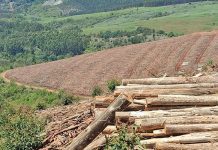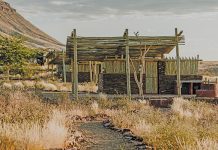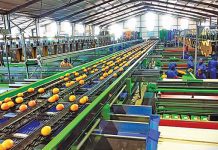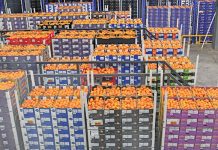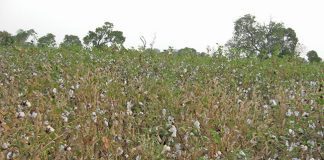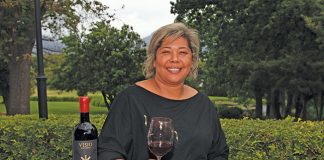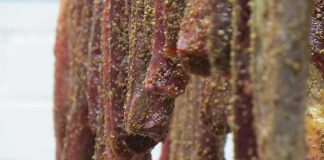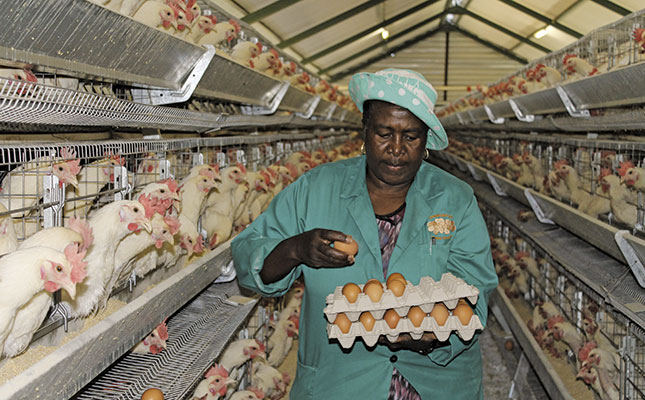
Photo: Peter Mashala
When starting a farming business in her backyard in Rathanda in the East Rand 23 years ago, Noliqwa Nhlapo could hardly have imagined that one day she would be the first runner-up for the 2013 Eskom Development Foundation Business Investment Competition Award.
READ:10 ways to make sure your poultry stay healthy
In those years, she simply sold small quantities of spinach. Today, she runs a 6 000-egg-per-day operation that supplies supermarkets and other businesses in neighbouring Nigel. Moreover, she is currently expanding her business to 16 300 eggs per day.
Beginnings
Noliqwa’s success story started when she was selected to take part in the Department of Correctional Services’ Skill Development Programme in 1990. “The department assisted unemployed women and youth to acquire skills to improve their livelihoods,” she recalls. Noliqwa farms in partnership with her three sons. “I only really work with one though, as the other two are employed full-time and come during weekends,” she explains.
Noliqwa was one of 47 individuals given an opportunity to attend short mixed farming courses at the Tshwane University of Technology. After completing her year-long course, she began to develop an interest in pigs. However, because of land constraints and costs, she had to be content with producing vegetables – mostly spinach.
By 1992, she had raised enough capital to buy two sows and a boar. She then approached the municipality for land and was allocated a small plot in Heidelberg. “I moved to the plot and continued with my vegetable production, and later started with the pigs,” she recalls.
Changing focus
In just a few years, the operation grew substantially, with the piggery increasing to 80 breeding sows. Together with municipal officials, Noliqwa decided to look for a proper farm. “The officials helped me apply for a farm through the Department of Rural Development and Land Reform (DRDLR),” she says. But because this took some time, she was forced to explore other temporary options, and finally found a 102ha farm to lease in Vanderbijlpark.
In 2004, she took out a loan with Standard Bank and started a 500-layer egg production operation. Because of limited space, she was forced to reduce the size of her piggery to 50 sows, but her egg enterprise continued growing steadily. In 2010, the department at last found her a 78ha farm in Nigel. It was in poor shape: there was no electricity supply, the boreholes needed repairing, the broiler structure was dilapidated and the farmhouse had been vandalised. Neverthless, Noliqwa and her sons renovated the place and moved in. One of the changes they made was to repair the broiler and turn it into a layer house.
Because there was no infrastructure for the piggery, Noliqwa had to leave the pigs behind. This arrangement proved unworkable, however, because of the distance between Nigel and Vanderbijlpark, and she made the decision to sell off all the pigs. Fortunately, in 2012, Noliqwa’s farm was selected for the DRDLR’s Recapitalisation and Development Programme.
Production
Noliqwa buys the chickens at point of lay, when they are about 16 weeks old. They are immediately put on layer mash where they drop pullets after two weeks. “After dropping pullets, the chickens start producing eggs that increase in size with time,” she says. But this, emphasises Noliqwa, depends on how well the birds are fed and cared for. From the current number of 6 000 birds, Noliqwa produces an average of 5 800 eggs per day. However, production fluctuates for various reasons, such as stress-related problems.
“When the chickens are stressed, production goes down,” she says. Stress, Noliqwa explains, can be caused by various things such as handling, introduction to a new environment or new birds, lack of food or water, extreme climate conditions and even laying eggs. To address the problem, she gives them stress packs weekly. Biosecurity is also important.
“The chickens must always be protected. Except for the workers responsible for them, no one is allowed into the chicken house without proper biosecurity procedures being followed,” she explains. It is compulsory for visitors to dip their feet in disinfectant on entry. The layers are culled after a year, but are sometimes kept longer if they are still productive. Most of the slaughtered chickens are sold to informal traders who sell them on in the townships; the rest Noliqwa sells informally.
Costs
According to Noliqwa, feed makes up to 80% of her input cost. With this, and the high cost of electricity, efficiency is a must, and she keeps records and budgets properly. “In the past, I didn’t have a proper budget and in most cases, found myself in trouble, financially,” she admits. Buying in bulk also helps ease her burden. Noliqwa has a 16t feed silo that costs up to R72 000 a month to fill. It is much cheaper to fill it at once than buy feed in 50kg bags priced at R258 each.
She finds that the cost of electricity is also becoming more and more unaffordable each year. “Because I’m expanding, I’m faced with the costs of refurbishing the old layer house, which I want to set up for 10 000 birds. I’ve seen quotations and the refurbishment will set me back over R900 000,” says Noliqwa.
Diversifying widely
Noliqwa has been letting her lands, which cover about 58ha, to her neighbour and mentor, Johan Dales. The lands are planted to maize and soya beans. “He pays me a certain amount per hectare, which I save every year,” she explains.
Noliqwa saved enough money to produce grain this year, with help from Johan. “I’ve applied for finance from Gauteng Enterprise Propeller (GEP), as I’ve been invited to attend courses at the ARC to learn how to mix my own feed,” she says. Noliqwa intends growing yellow maize for feed production as soon as she has completed her course.
Future plans
Noliqwa is amongst the smallholder farmers whom the department has identified and included in the World Food Programme’s (WFP) Lesotho project. The Department of Agriculture, Forestry and Fisheries recently signed an offtake agreement with WFP on behalf of smallholder farmers to procure maize from local smallholder farmers to donate to Lesotho following the recent drought.
Noliqwa has also begun preparing a peach orchard on about 2ha. “According to the research I’ve done, the area is good for growing peaches,” she says.
Livestock
Noliqwa has added sheep, goats and cattle on a small scale to her operation. “It’s not wise to have all your eggs in one basket,” she states. She is preparing to introduce pigs too on her Nigel farm, adding that they are her “first love”. As part of this process, she has made a structure with a carrying capacity of fewer than 10 sows and identified a suitable area on the farm for a piggery.
“I already have a letter of intent to supply 100 pigs per week at an abattoir in Vereeniging, which belonged to Anna Phosa,” she says. Anna was her mentor when she was farming pigs in Vanderbijlpark.
Phone Noliqwa Nhlapo on 073 185 8152.
This article was originally published in the 22 November 2013 issue of Farmer’s Weekly.


